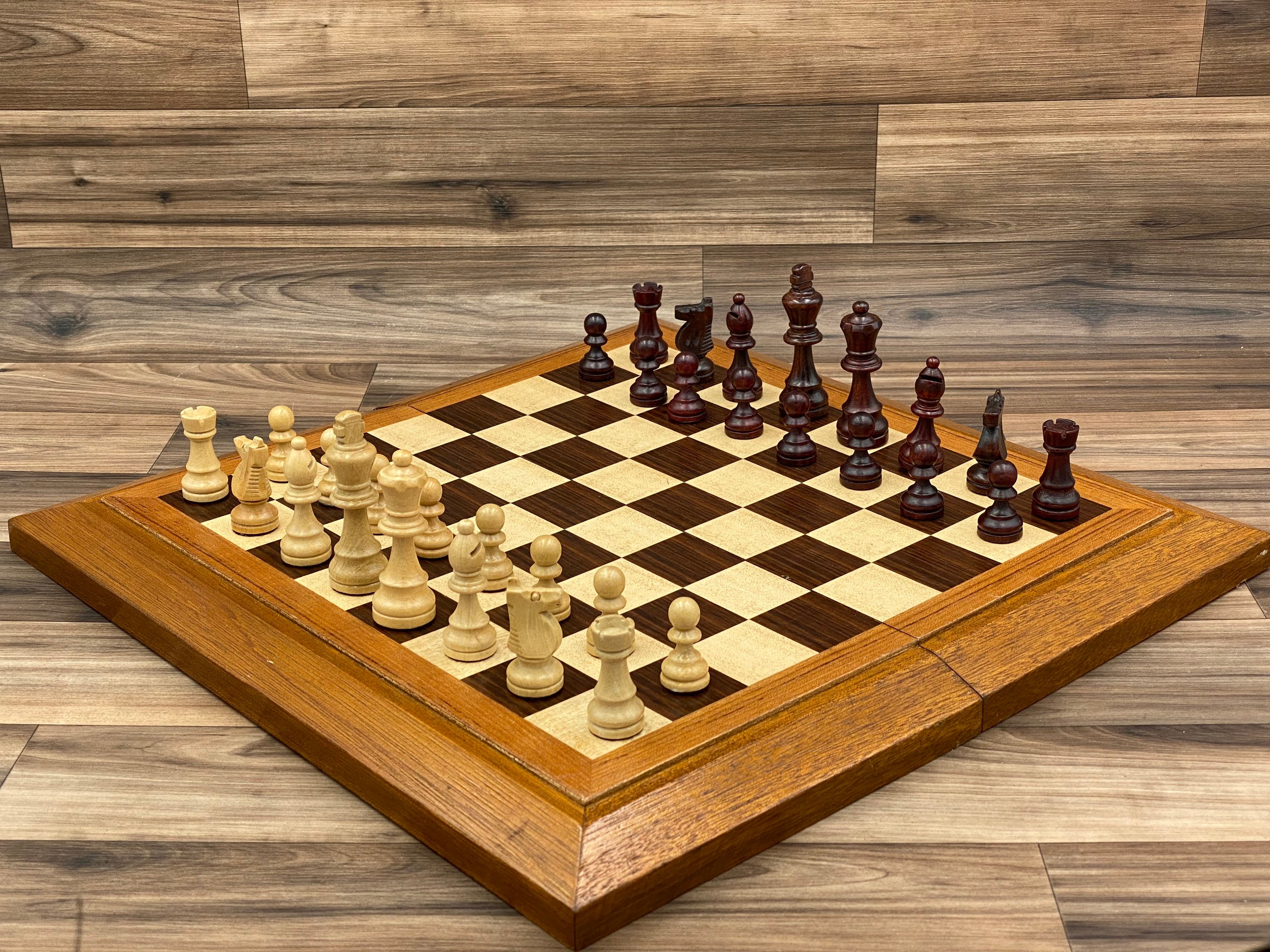

But while it’s not pleasant, losing pieces is actually a crucial part of winning. Losing a piece when playing online chess can be frustrating. That way, you’ll have a head start and be able to take advantage of the situation. So, as you’re playing in your first matches, try to make it a habit to analyze each move by looking at what your opponent has done and trying to guess what they might try to do next. Whether you play chess against a computer or a person, a key part of the game is learning to follow each move and analyze what your opponent is doing. The good news is that there aren’t that many pieces, so you can quickly grasp the difference between each piece and start making moves on the board. Only by being very familiar with the rules can you start developing your own strategy or try out tactics you learn online. Our experts have put together these five helpful tips to help new and veteran chess players improve their game today.Ī fundamental part of playing online chess is knowing how each piece moves on the board. But while the experience can be fun and engaging, it can also be incredibly frustrating when you’re just not hitting your stride. Playing chess games online can be a new and exciting challenge. Chess is won by placing your opponent’s king in “checkmate.” This simply means that it is impossible for your opponent to move their king to safety (or remove or block the threat) in a single move, and that you have won the chess match. You may either move your king, or block or capture the threatening piece. If any opponent piece threatens to take your king, you are placed in “check.” When in check, you must make your king safe with your next move. Rooks can move forward, backward or sideways, as long as there is space available. Kings can move in any direction, but only one square at a time. Queens are able to move in any direction and can move as many spaces as are available. Pawns can attack, but only diagonally and in a forward direction.īishops move diagonally and can move as many spaces on the chess board as are available. However, on its first move, it can move two squares. Pawns can only move forward one square at a time. They are the only piece that can jump over other pieces in the chess board. Knights move in an L-shape: Out two squares and over one. The opposing piece would move as a normal attack and remove the pawn.To begin playing chess, you can move either a pawn or a knight.

When a pawn moves two squares on its first move an opposing pawn can capture it if it would have been able to capture the pawn had it only moved one square. The King cannot be in check or move through check to make this move. The castling move can only be made if it is the King’s first move and the involved rooks first move also. When there are no other pieces between a king and his rook, the King can move two squares towards the rook and the rook is moved to the other side of the King. If a pawn makes it all the way across the board it can be promoted to any piece. If no moves can be made without putting a king in check, the game is a draw. A king cannot make a move that would put itself into check. When a move is made that a king cannot escape “checkmate” is announced. When check is announced, the opposing player must take the King out of danger by either moving the King or moving another piece to block it or capture the piece that is threatening the King. When a move is made that can result in the opposing King being captured on the next move, “check” is announced. Players take turns making moves with the goal of capturing the opposing King in mind. The game begins with the white player going first. This diagonal move by a pawn can only be made when capturing a piece. The can only capture a piece that is diagonally in front of them. The pawns cannot capture a piece that is right in front of it. When a piece makes a move that ends on an opponent’s piece that piece is captured and removed from the board.


 0 kommentar(er)
0 kommentar(er)
